S960 steel is a high-strength, low-alloy structural steel that finds extensive application in the construction industry. With its exceptional mechanical properties and durability, S960 steel offers numerous advantages for various construction projects. we will explore the applications and benefits of using S960 steel in construction.
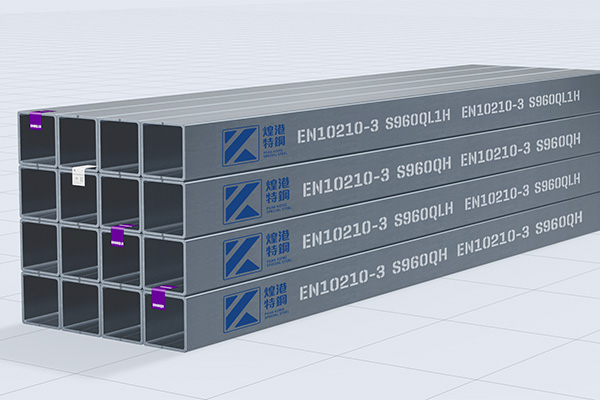
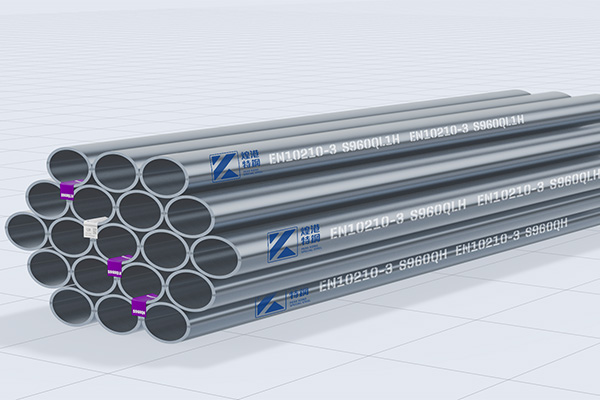
S960 steel belongs to the EN 10025-6 standard, which specifies technical delivery conditions for flat and long products of high yield strength structural steels. It is classified as a thermomechanical rolled weldable fine grain structural steel, offering excellent strength and toughness.
PEAKKONG Special Steel launches S960Q/S960QL/S960QL1 structural profiles (H-beam, I-beam, channel steel, angle steel, T-beam, steel pipe, square tube, flat tube…) with third-party certification, SGS/TUV/DNV.
S960 steel exhibits a minimum yield strength of 960 MPa, making it one of the strongest structural steels available. This high strength allows for the design of lighter and more slender structures, reducing material and transportation costs.
2. Excellent ToughnessIn addition to its high strength, S960 steel also possesses exceptional toughness. This means that structures made from S960 steel can withstand heavy loads, impacts, and dynamic forces without compromising their integrity. It is particularly suitable for applications where resistance to brittle fracture is crucial.
3. Enhanced Fire ResistanceS960 steel offers improved fire resistance compared to conventional structural steels. Its unique chemical composition and manufacturing process contribute to its ability to withstand high temperatures for an extended period. This makes it an ideal choice for buildings and structures that require enhanced fire safety measures.
4. Cost-Effective SolutionDespite its superior properties, S960 steel provides a cost-effective solution for construction projects. Its high strength allows for the use of smaller sections, reducing the overall material and labor costs. Additionally, its durability and longevity minimize maintenance and repair expenses over the lifespan of the structure.
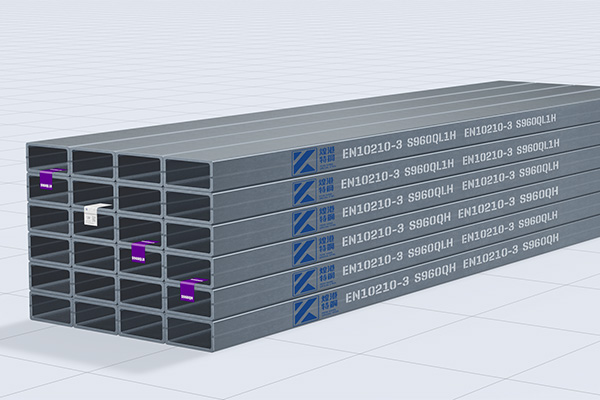
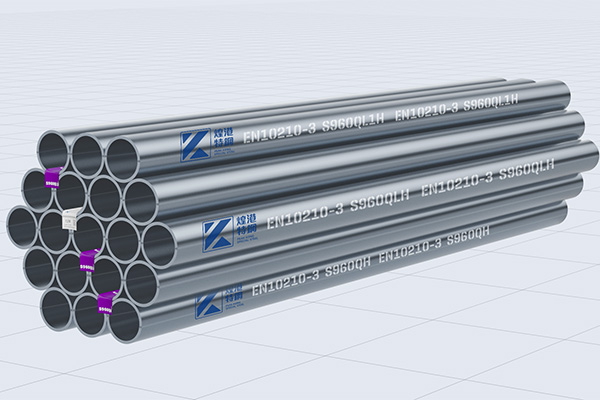
S960 steel is widely used in the construction of high-rise buildings, where its high strength and excellent toughness are crucial. The use of S960 steel allows for the design of taller and more slender structures, maximizing usable space while ensuring structural integrity and safety.
2. Bridges and InfrastructureBridges and other infrastructure projects often require materials that can withstand heavy loads and harsh environmental conditions. S960 steel’s exceptional strength and toughness make it an ideal choice for constructing bridges, viaducts, and other critical infrastructure elements.
3. Offshore StructuresThe offshore industry demands materials that can withstand extreme conditions, including corrosive environments and high waves. S960 steel’s enhanced fire resistance, high strength, and excellent toughness make it suitable for offshore platforms, oil rigs, and other marine structures.
4. Industrial StructuresS960 steel finds application in various industrial structures, such as warehouses, manufacturing facilities, and power plants. Its high strength allows for the construction of large-span structures, providing ample space for storage, production, and equipment installation.
Remember, when using S960 steel in construction, it is essential to follow the appropriate design codes and guidelines to ensure the structural integrity and safety of the project.
-
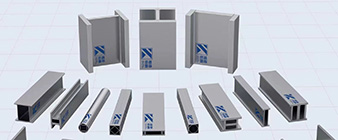 2024-9-29 Nickel Alloy C4 / 2.4610 Nickel alloy hollow structural profiles
2024-9-29 Nickel Alloy C4 / 2.4610 Nickel alloy hollow structural profiles -
 2024-9-25 Super duplex steel S32760 /1.4501
2024-9-25 Super duplex steel S32760 /1.4501 -
 2024-9-16 2507 stainless steel structural profiles in water treatment of Innovative application
2024-9-16 2507 stainless steel structural profiles in water treatment of Innovative application -
 2024-9-20 Application of Ti Gr 1 / 3.7025 structural beams and columns
2024-9-20 Application of Ti Gr 1 / 3.7025 structural beams and columns -
2024-9-27 What are the typical applications of 318LN (1.4462) duplex stainless steel structural profiles?
-
 2024-9-21 S690QH/S690QLH Hollow structural Stations in Hong Kong
2024-9-21 S690QH/S690QLH Hollow structural Stations in Hong Kong -
 2024-9-29 Alloy 59 / 2.4605 Nickel-Based Alloy Hollow Structural Profiles
2024-9-29 Alloy 59 / 2.4605 Nickel-Based Alloy Hollow Structural Profiles



